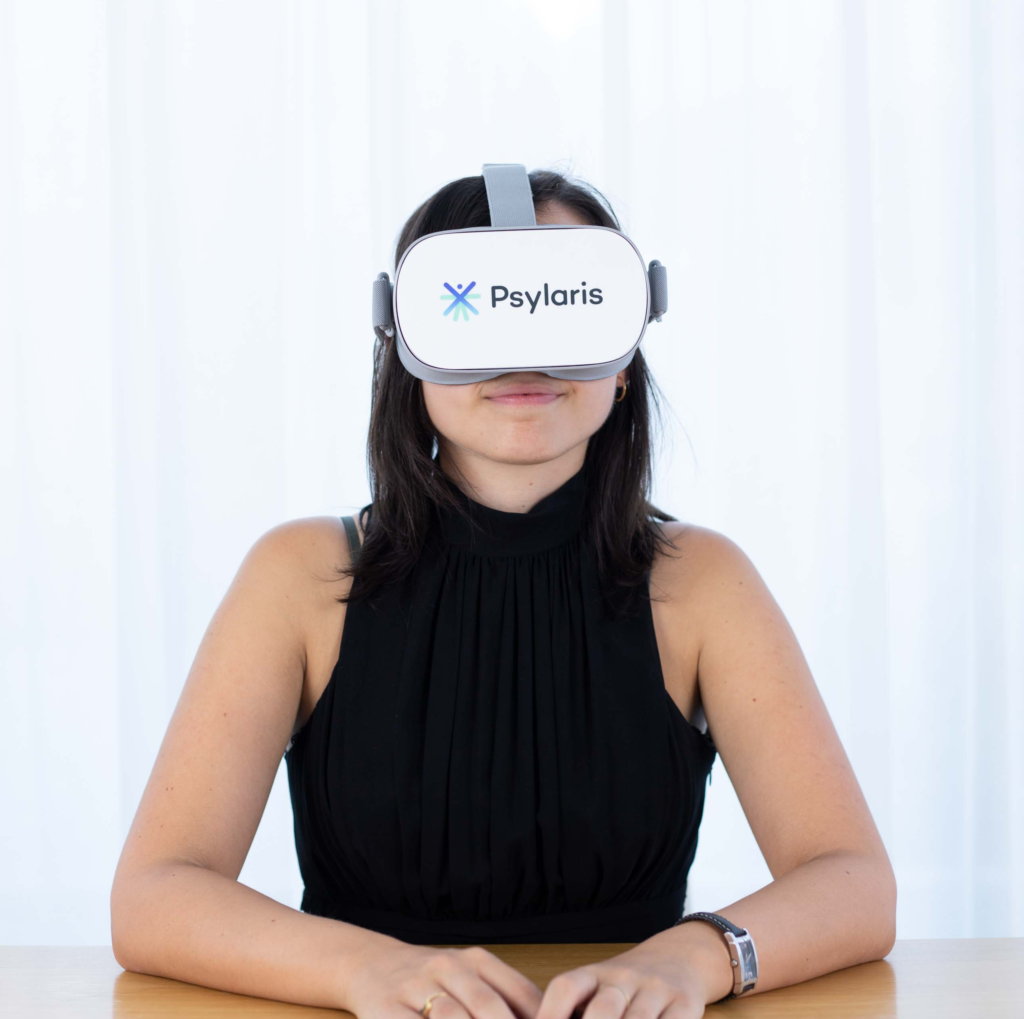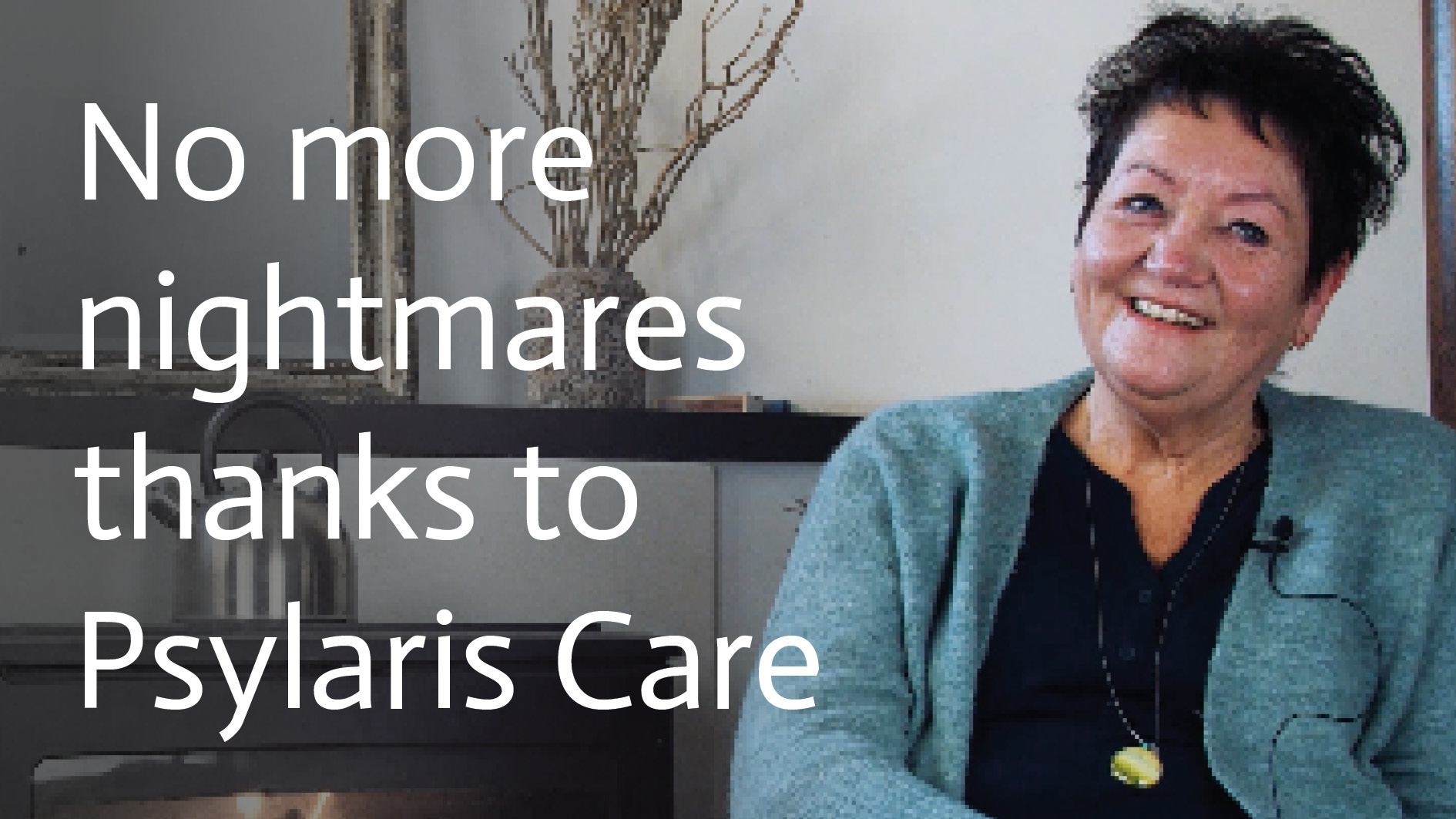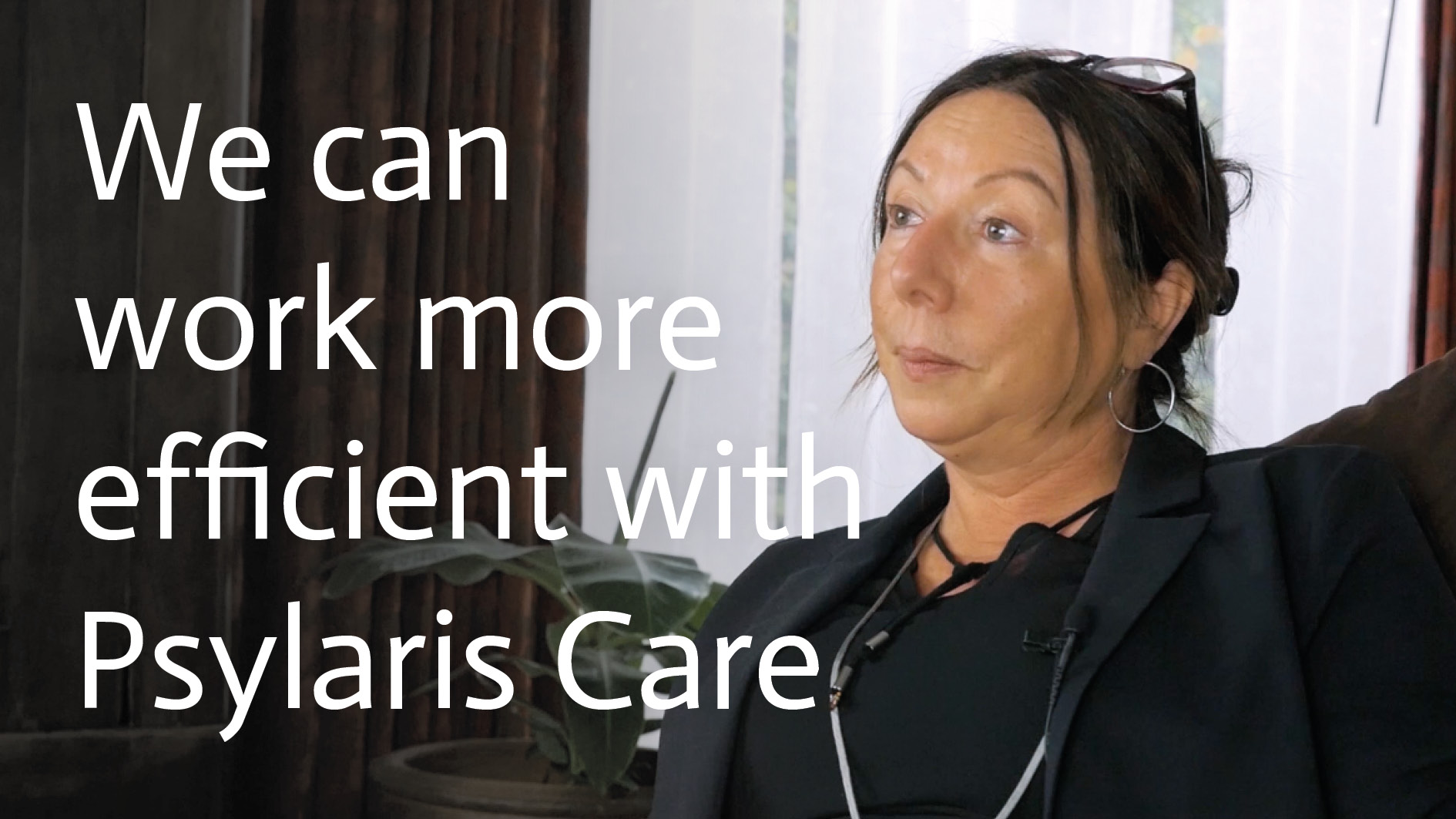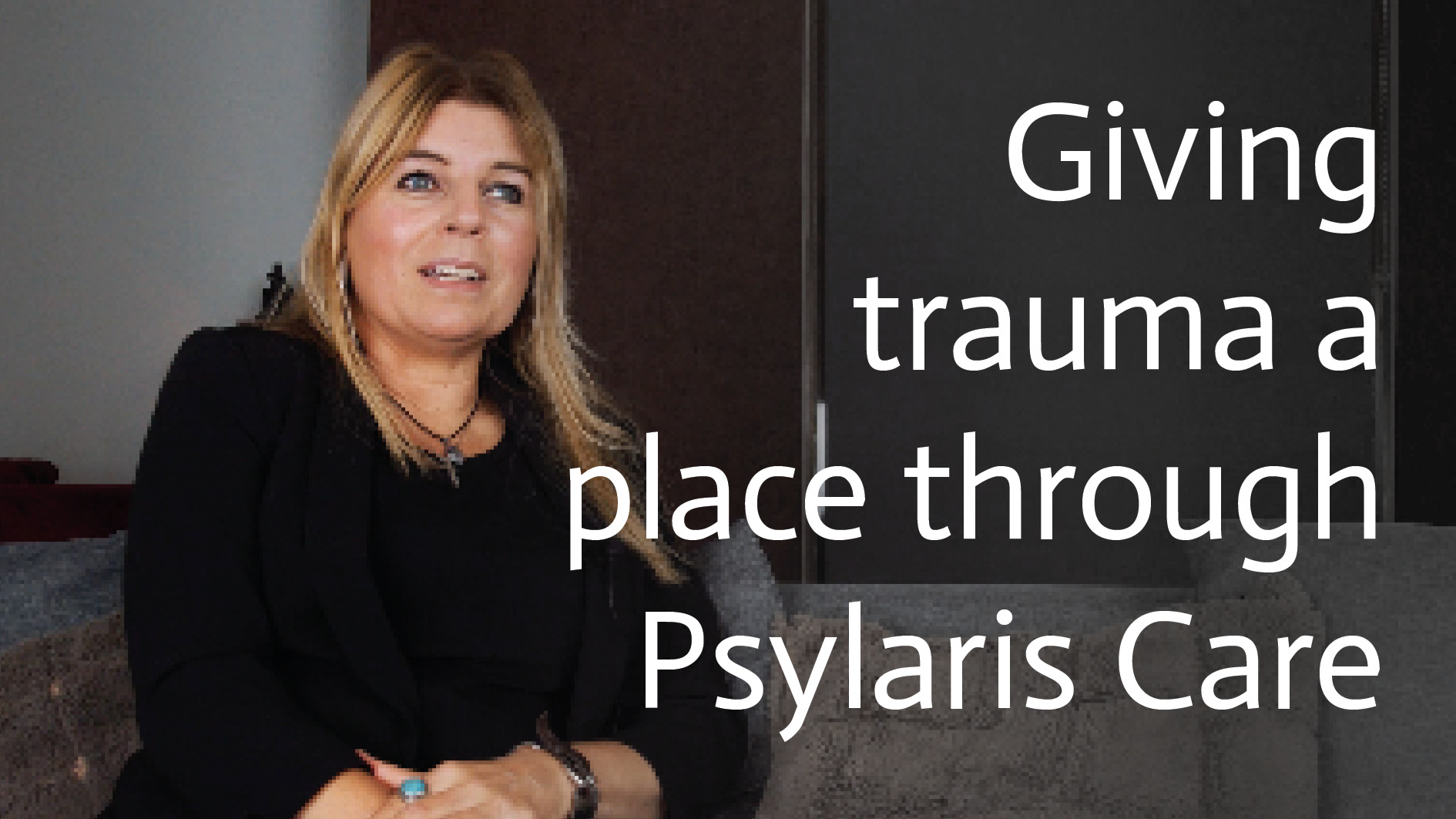950+
Organizations use Psylaris products
7500+
Therapists use our software worldwide
100.000+
Completed sessions with our applications


When you are struggling with certain fears, the cause of which can be traced back to a traumatic experience, EMDR is eminently suitable. The therapy was developed in 1989 and is still relatively new. That is why research is still being done into how EMDR works in the brain. That EMDR works is acknowledged by science. With EDMR a trauma can be processed in a relatively short time. In this way EMDR helps to get rid of fear quickly.
Everything EMDR therapy revolves around is to distract the client. For this, the therapist uses hands, which the client has to follow, or the client gets headphones and is distracted with sound signals. The distraction takes place when the client is asked to think back to the traumatic moment. As soon as the client is distracted, he/she no longer thinks about the trauma. Although thinking back can be very difficult and emotional in the beginning, this will decrease after a few distractions. In this way, the trauma slowly gets a place and the memory can be recalled with less emotion. As soon as the trauma is processed, the fears usually disappear too.
The founders of Psylaris have their roots in mental healthcare. That is why the innovations developed by Psylaris can be applied so well in mental healthcare. Psylaris also has the necessary applications for EMDR therapy. Virtual reality is now an integral part of the mental health care, for different types of therapy. With EMDR-VR, Psylaris has developed an EMDR module for virtual reality. The client can use the VR glasses both in the treatment room and at home, and the therapist has more options for more intense distraction tasks.
With EMDR-Remote, as a practitioner you make use of the online platform of Psylaris. This platform can be used to apply EMDR therapy remotely. The client can thus be treated from home. The platform has video calling facilities, many types of working memory loads and an automatic secure storage of client data.

As a developer of modern methods and tools in mental healthcare, Psylaris has also made EMDR easy with modern techniques. Virtual reality, for example, plays an increasingly important role in the mental healthcare sector. With EMDR-VR and EMDR-plus, Psylaris has developed a VR-module. The module can easily be used by the practitioner and has many distraction possibilities. The client gets a more intense distraction than during a regular treatment. The VR glasses can be used both at home and in the treatment room. This makes both the practitioner and the client more flexible.
If the client is unable to come to the treatment centre, Psylaris uses EMDR-remote to make it possible to receive EMDR treatment at home. EMDR-remote is the online EMDR platform of Psylaris, where the practitioner and the client can conduct an EMDR session via video calling. Again, the practitioner has many possibilities to distract and the client, who is chained to the house, is still being treated.
We believe with the combination of intelligent software and qualified therapists we can develop a system in which everyone, anytime and anywhere has direct access to efficient and affordable psychological care.




This website uses cookies to ensure that you get the best experience on our website.